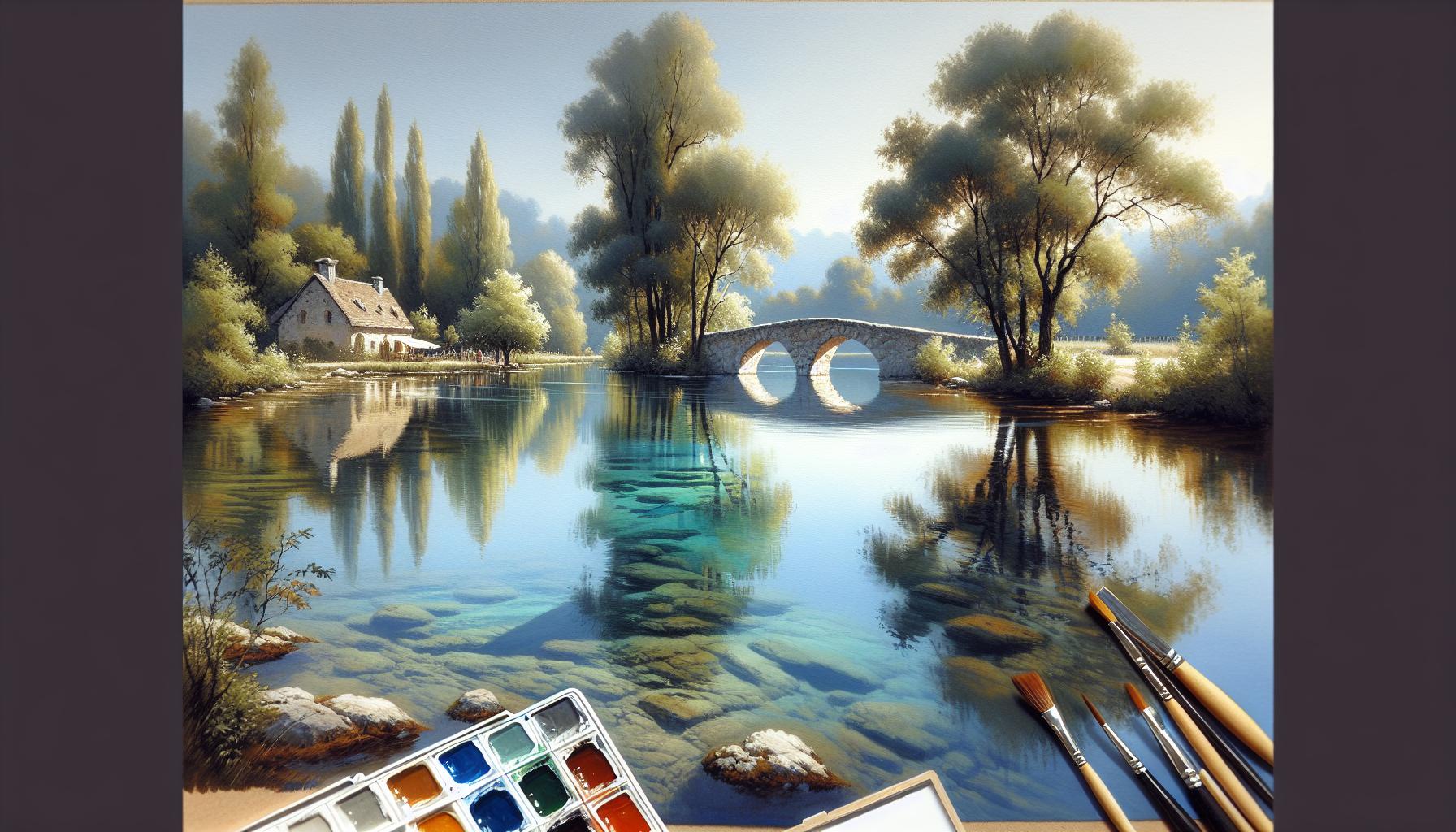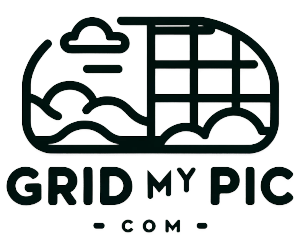How to Paint Reflections on Water with Gouache
Unlock the secrets of painting water reflections with gouache. Dive into tips on color, technique, and layering to bring realism and depth to your landscapes. Elevate your artistry and captivate viewers with stunning, lifelike scenes!

Mastering the Art of Painting Reflections on Water with Gouache
Gouache painting is gaining traction among artists for its versatility and rich, vibrant colors. One of the key elements that bring the charm and allure to a gouache landscape painting is the portrayal of reflections on water. The reflections can significantly enhance the realism of a scene, giving it depth and dynamism. This expert guide will take you through the techniques you need to perfect water effects and create stunningly realistic painting reflections using gouache.
Understanding Reflections in Nature
Before diving into painting techniques, it's essential to comprehend how reflections work in nature. Reflections on water surfaces can vary drastically depending on a myriad of factors such as light, time of day, water movement, and the surrounding environment. Still waters, like those of a pond or a lake, often create mirror-like reflections, whereas moving waters like rivers or oceans produce more distorted images.
Recognizing these dynamics allows you to capture the essence of the landscape painting more accurately. An understanding of how light interacts with water will inform your approach to gouache painting, enabling you to manipulate color, form, and shading to reflect or distort objects on water surfaces.
Setting Up Your Workspace
Success in painting water effects starts with a well-prepared workspace. A flat, clean, and spacious surface is ideal. Ensure you have high-quality gouache paints, watercolor paper with a strong weight (300gsm or above), a palette, a selection of brushes (flat-tipped for broad strokes, and fine-tipped for details), a mixing tray, and clean water.
Having a photo reference or observing real-life scenes can be beneficial to understand the subtle complexities in reflections and shadows.
Choosing the Right Colors and Mixing Techniques
Color selection plays a pivotal role in creating realistic reflections. For lifelike depictions, use a toned-down version of the actual color of the objects being reflected. This is because reflections generally appear less saturated than their source due to light diffusion.
Using gouache, experiment by mixing colors directly on the paper or in your palette. Gouache exhibits an opacity that is ideal for overlaying colors. Mix colors by gradually introducing white gouache to lighten hues for highlights and add a touch of black or complementary colors for shadows.
Painting Techniques for Realistic Reflections
- Lay the Background Wash: Start by applying a light wash of the primary color of the waterbody. If it’s a serene lake under a blue sky, use a dilute blue gouache wash. Layer gradually, letting each layer dry completely, building up the intensity.
- Map the Reflections: Lightly sketch an outline of the objects whose reflections you want to paint – be it trees, mountains, or buildings. This helps in positioning the reflections correctly relative to the observer's point of view.
- Paint with Downward Strokes: For reflections, brush strokes that follow the perceived direction of the water body capture the natural movement. Use vertical strokes for calm water reflections, and more diagonal, broken strokes for rippling or wavy water effects.

Adding Depth with Layering
Creating depth in reflections involves strategic layering. Start with broad, less detailed underlayers for the base of reflections. Subsequently, as each paint layer dries, add details and adjust tones to match features like highlights where light would catch on ripples.
The gouache medium allows you to paint lighter layers over darker ones effectively. Use this to your advantage to create glistening effects on the water's surface or add reflected light from the surrounding environment.
Handling Details for Maximum Realism
Details are what separate a good painting from a great one:
- Fine Textures and Edges: Use a small, pointed brush for intricate details. The edges of reflected objects should appear softer and more broken compared to their real counterparts.
- Light and Shadow Play: Reflections often have contrasting shadows and highlights. Study your scene to identify where these naturally lie and replicate them within the reflection. The trick lies in subtlety – shadows should be soft and non-intrusive.
- Surface Distortions: Water seldom remains completely still. Incorporate slight shimmers or distortions depending on your scene’s dynamics. Scumble gently with a nearly dry brush to mimic gentle ripples.
Revisiting and Revising the Painting
Once you have completed the base painting, step back and review your work. This distance provides a fresh perspective to assess accuracy and realism. Make corrections where necessary – remember, gouache’s forgiving nature allows modifications. Water effects should feel a cohesive part of the scene rather than an afterthought.
Conclusion
Mastering reflections in gouache painting is a journey of patience and practice. By understanding the natural interplay of light and its reflections, selecting the right tools and techniques, and applying careful observation, you can create stunning, realistic reflections that captivate and draw viewers into a piece. Remember, each landscape painting is unique; let your creativity and the fluidity of gouache guide you to your artistic vision. Happy painting!
